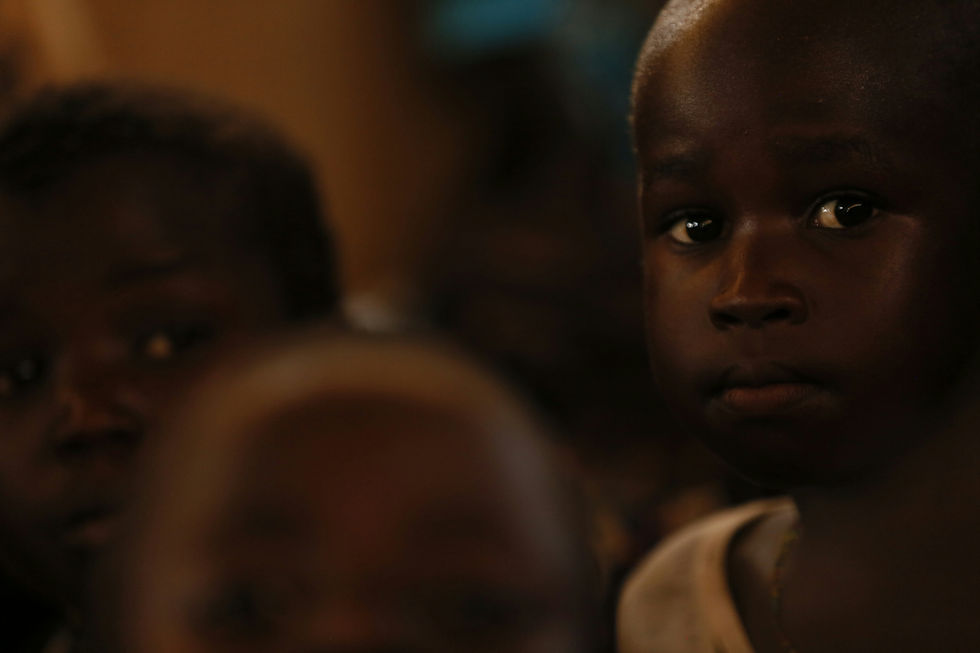Children in the shadows of tech coltan dilemma
- Editorial

- Sep 28, 2025
- 3 min read

The digital economy prides itself on being fast, sleek and transformative. But behind every smartphone, laptop and electric vehicle battery lies a truth the technology industry prefers to keep in the dark: children are digging the foundations of innovation with their bare hands.
In Rubaya, eastern Democratic Republic of Congo, children as young as twelve descend into unstable pits to extract coltan, a mineral refined into tantalum and indispensable for modern electronics. When the M23 militia seized control of Rubaya, responsible for an estimated 15 per cent of global coltan output, the uncomfortable reality became unavoidable. The global appetite for connectivity and clean energy is being built on the backs of children who should be in school.
Rubaya’s children are paying the price
The image is stark. Boys, their bodies bent under sacks of ore, earning two or three dollars a day while rebel taxation drains their families of hope. Education is not an option, safety nets are non-existent, and childhood itself is sacrificed to meet global demand for faster processors and longer-lasting batteries.
It is not enough to describe this as a tragedy of poverty. This is complicity. Technology companies, which brand themselves as leaders in sustainable supply chains, cannot claim ignorance. Traceability systems collapse in zones under militia control, yet the minerals still enter global markets, cleaned and disguised. To pretend otherwise is to wilfully ignore the line that runs from a child’s blistered hands in Rubaya to the glossy devices sold in London, New York or Beijing.
Small victories but not enough
Yes, there are examples that show change is possible. Pact’s community programmes have achieved a 90 per cent reduction in child labour in some sites. UNICEF, through the Global Battery Alliance, is raising millions to address the root causes, linking livelihoods with education. The International Labour Organization has tested systems to track and remove children from mines.
These initiatives prove that child labour is not inevitable. It is preventable. But prevention demands scale, and scale demands money, enforcement and political courage—qualities that have been in short supply.
The silence of the boardroom
While Rubaya’s mines funnel an estimated US $800,000 each month to armed groups, technology giants issue glossy sustainability reports filled with graphs and commitments. Yet the glaring absence is action where it matters most: in the communities where children are still forced to mine. Investors from China to the United States continue to circle Congo’s mineral wealth, more focused on profits than protections.
The uncomfortable truth is that consumers, too, share responsibility. Every time a phone is upgraded without questioning where its minerals come from, another signal is sent that stolen childhoods are an acceptable cost of progress.
Innovation should not come at this price
It is time for the technology sector to step beyond compliance checklists and fund community-led programmes directly. Governments must mandate supply chain accountability and enforce bans on child labour with teeth rather than loopholes. And consumers must recognise their leverage, demanding devices that are transparent in origin, or refusing to buy.
The children of Rubaya deserve more than promises. They deserve classrooms, safe neighbourhoods, and the right to imagine futures unchained from the mines. Without urgent and scaled interventions, the so-called green transition risks being fuelled by stolen childhoods, not sustainable progress.
The digital age was meant to represent advancement. But no innovation is truly sustainable if it is built on the silence and suffering of children.
For further reading on child labour in mineral supply chains, visit Global Battery Alliance and ILO’s child labour resources.
Further reading and sources:
Youtube credits: https://www.youtube.com/@trtworld



